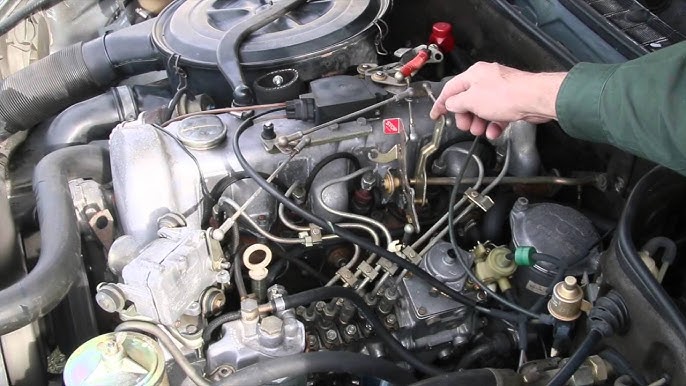Exploring the Reliability and Performance of Cummins Diesel Engines
Cummins diesel engines have long been recognized for their durability, versatility, and robust performance in a wide range of applications. From powering heavy-duty trucks, agricultural machinery, and construction equipment to providing energy for marine vessels and industrial generators, these engines are renowned for their ability to operate under challenging environments. However, it is in extreme conditions such as high altitudes, sub-zero temperatures, arid desert climates, and high-humidity environments that the reliability and performance of Cummins diesel engines are truly put to the test. One of the key factors contributing to Cummins’ ability to perform in harsh conditions is its advanced engineering and commitment to quality. Their engines are designed to handle thermal stress, pressure fluctuations, and extreme weather without compromising on performance. Whether it is the icy roads of the Arctic or the scorching heat of the Sahara, Cummins engines are built to withstand these extremes through enhanced cooling systems, durable materials, and precision-engineered components that can cope with high wear and tear.

In cold climates, 5.9 vs 6.9 cummins diesel engine face challenges such as fuel gelling and difficulties in achieving ignition, but Cummins has developed a number of technological solutions to overcome these issues. For instance, advanced fuel systems ensure consistent fuel delivery even in sub-zero temperatures, preventing the diesel from thickening. Additionally, Cummins integrates block heaters and cold-start assist features to facilitate engine ignition in cold environments. These innovations help maintain engine reliability and reduce downtime, which is crucial in industries like mining or transportation, where delays caused by equipment failure can have significant financial and operational impacts. High-altitude environments present their own unique set of challenges, particularly due to the reduction in oxygen levels. Diesel engines require ample air for combustion, and the thin air at higher altitudes can lead to decreased power output and efficiency. Cummins addresses this issue through turbocharging technology, which compensates for the lower oxygen levels by forcing more air into the combustion chamber.
Cummins engines are equipped with high-capacity cooling systems that prevent overheating, allowing them to function efficiently even in sweltering temperatures. Additionally, their air filtration systems are designed to handle the high levels of dust and particulates present in desert environments, preventing engine damage and reducing the need for frequent maintenance. By employing heavy-duty filters and advanced sealing technologies, Cummins engines can maintain their performance and reliability, even in the most inhospitable conditions. The marine and offshore industries also benefit from Cummins’ ability to perform in high-humidity and saltwater-rich environments. Corrosion is a significant issue for engines operating in such conditions, but Cummins uses corrosion-resistant materials and specialized coatings to protect key components. This ensures long-lasting performance and reduces the risk of engine failure in marine applications, where reliability is paramount for both safety and operational continuity. Overall, Cummins diesel engines have proven themselves capable of delivering exceptional performance in extreme conditions, thanks to the company’s commitment to innovation, quality, and engineering excellence.